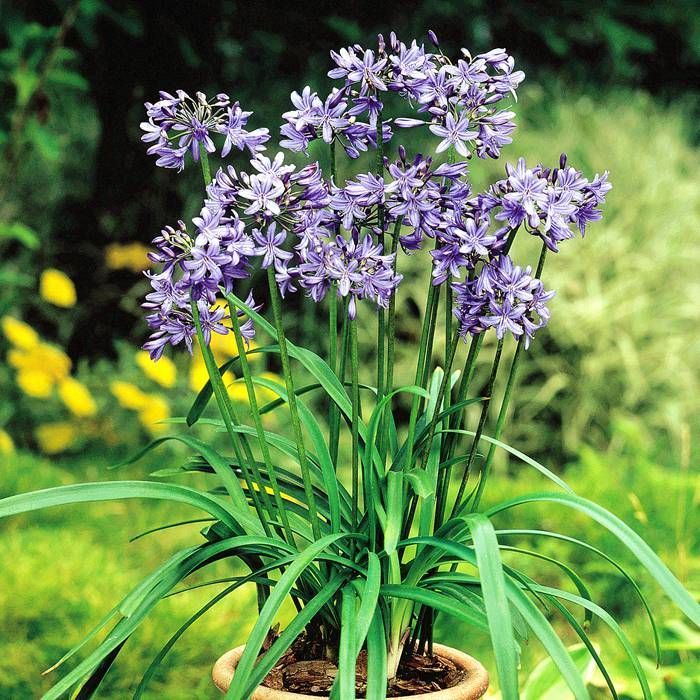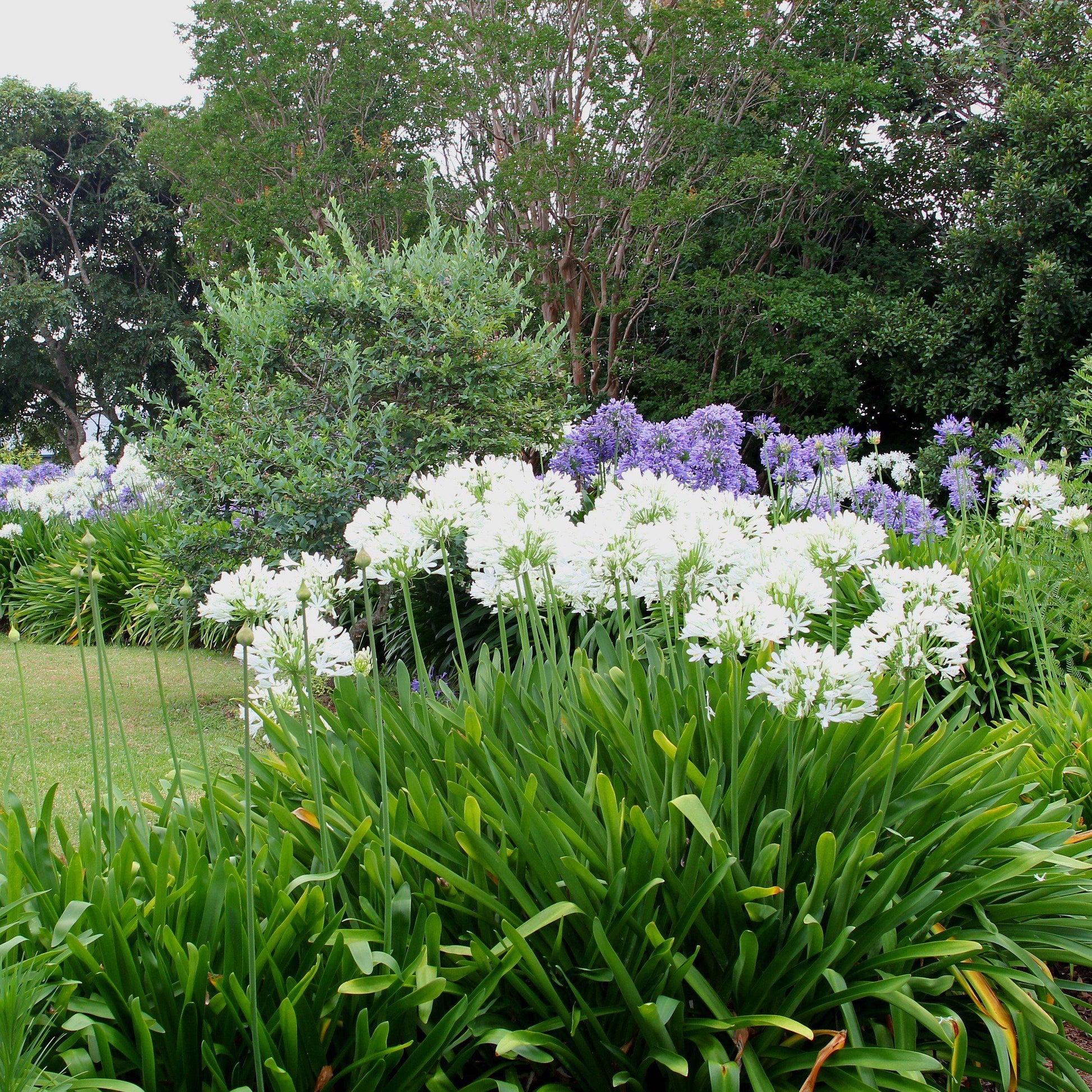Agapanthus Proliferation: Tips for Expanding Your Plant Collection
Agapanthus Proliferation: Tips for Expanding Your Plant Collection
Blog Article
Releasing the Secret to Successful Agapanthus Farming: Idea for a Flourishing Garden
In the realm of horticulture, growing agapanthus successfully requires a critical technique that includes different facets of plant care. With mindful interest to detail, one can unlock the keys to supporting these spectacular blossoms, bring about a garden that prospers with elegance and vibrancy. By recognizing the nuances of agapanthus farming, one can develop an atmosphere where these plants flourish and bloom perfectly. In the complying with conversation, we will check out crucial pointers and tricks that will certainly lead you towards a thriving agapanthus garden, using insights right into best techniques, soil conditions, watering methods, and a lot more.
Growing Agapanthus: Finest Practices
When planting Agapanthus, proper dirt prep work is vital for ensuring effective development and advancement of these stunning blossoms. Agapanthus, typically referred to as Lily of the Nile or African lily, thrives in well-draining dirt with a somewhat acidic to neutral pH degree - Agapanthus. Before growing, it is critical to amend heavy clay dirts with organic issue such as compost or peat moss to boost water drainage and provide essential nutrients for the plants
To grow Agapanthus, select an area that gets complete sunlight to partial shade, as this will certainly advertise healthy and balanced development and bountiful blooming. Dig an opening twice the diameter of the plant's origin sphere and position the Agapanthus at the exact same depth it was formerly growing. Carefully backfill the opening with dirt, weighing down strongly to eliminate any kind of air pockets around the origins.
Water the freshly planted Agapanthus thoroughly and remain to maintain the dirt equally moist, particularly during the plant's energetic growing period. Agapanthus. Using a well balanced plant food once a month can better support the plant's development and blooming. By following these ideal practices for planting Agapanthus, you can develop a magnificent display of these fascinating blossoms in your yard
Perfect Dirt Issues for Agapanthus
For optimal growth and flowering success of Agapanthus plants, ensuring the dirt problems are ideal is crucial. Agapanthus likes dirt that is abundant in nutrients, so incorporating a well balanced fertilizer during the growing season can advertise healthy development and dynamic flowers.

Watering and Fertilizing Tips
To ensure healthy and balanced development and dynamic blossoms, correct watering and feeding techniques are essential for effective Agapanthus growing. Agapanthus plants benefit from normal watering, particularly throughout the growing season.
When it involves fertilizing Agapanthus, a well balanced plant food with equivalent components nitrogen, phosphorus, and potassium can be used in the spring to promote healthy and balanced development and flowering. Slow-release fertilizers are ideal for supplying nutrients gradually over a prolonged period. Avoid over-fertilizing, as this can cause excessive vegetation growth at the expenditure of blossoms.
Additionally, including organic issue like garden compost into the dirt can boost nutrient levels and boost dirt structure, assisting in the total wellness of the Agapanthus plants. By following these watering and fertilizing pointers, garden enthusiasts can guarantee their Agapanthus plants thrive and generate magnificent screens of flowers.
Pruning and Deadheading Techniques
Proper pruning and deadheading strategies play a crucial role in preserving the health and visual appeals of Agapanthus plants, complementing the crucial techniques of watering and feeding for effective cultivation. Pruning Agapanthus includes eliminating invested flower heads, dead or yellowing fallen leaves, and overall shaping of the plant to promote much better development. Deadheading, the procedure of eliminating discolored blossoms, not just improves the plant's look yet likewise motivates additional blooming.
When deadheading Agapanthus, it is advisable to clip off the blossom stem at the base making use of sharp, tidy shears. This process reroutes the plant's energy from seed production back into root and foliage growth, promoting a healthier and extra durable plant. Routine deadheading can expand the blooming period of Agapanthus and prevent self-seeding, which can lead to congestion.
In terms of pruning, Agapanthus generally Get the facts benefits from a light trim after blossoming to clean up the plant and urge fresh development. Cutting down the spent blossom stems and removing any type of damaged or dead foliage helps maintain the plant's vigor and general appearance. However, it is vital to prevent reducing into the crown of the plant, as this can compromise its wellness.

Protecting Agapanthus From Vermins and Diseases
Executing reliable pest and condition administration techniques is essential to guarding the health and wellness and vitality of Agapanthus plants in growing. Agapanthus are normally hardy plants, yet they can still succumb different pests and illness otherwise properly looked after. One common insect that influences Agapanthus is the Agapanthus borer, a caterpillar that passages into the plant, triggering damages to the leaves and flowers. To stop invasions, regular evaluation of the plants is important. If borers are identified, they can be by hand removed, or insecticidal soap can be utilized as a control procedure.
In enhancement to pests, Agapanthus are vulnerable to conditions such as origin rot and fungal fallen leave places. By remaining vigilant and resolving pest company website and illness problems promptly, gardeners can aid their Agapanthus prosper and grow.

Verdict
To conclude, effective farming of agapanthus requires proper planting techniques, excellent dirt problems, sufficient watering and feeding, regular trimming and deadheading, and security from diseases and parasites. By following these tricks and ideas, garden enthusiasts can make certain a growing garden loaded with gorgeous agapanthus blossoms. Agapanthus. Bear in mind to preserve constant care and focus to information to advertise the health and durability of these spectacular plants
When planting Agapanthus, correct soil preparation is necessary for ensuring effective growth and advancement of these additional reading lovely blossoms.Water the recently planted Agapanthus thoroughly and proceed to keep the dirt evenly damp, particularly throughout the plant's energetic growing period.For optimum growth and blooming success of Agapanthus plants, guaranteeing the dirt conditions are perfect is important. When transplanting or planting Agapanthus, ensure the soil is well-prepared to supply the essential foundation for the plants to establish themselves successfully. One common parasite that impacts Agapanthus is the Agapanthus borer, a caterpillar that passages into the plant, triggering damages to the flowers and leaves.
Report this page